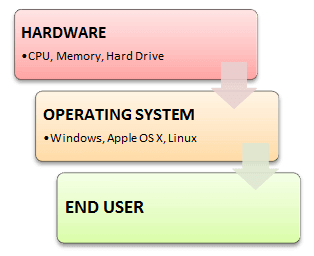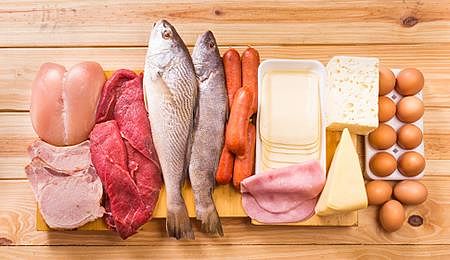FSSAI TO / AD (Technical) Mock Test - 1 - Agriculture Exams MCQ
30 Questions MCQ Test FSSAI TO / AD (Technical) / CFSO Mock Test Series 2024 - FSSAI TO / AD (Technical) Mock Test - 1
______ denotes an error in a computer program.
| 1 Crore+ students have signed up on EduRev. Have you? Download the App |
Which of the following is NOT a operating system?
What is the part of the CPU that performs logical operations called?
What is the perimeter of a semi-circle with 14 cm radius?
The program is known as ______ which interacts with the inner part called kernel.
How many hosts can successfully send data simultaneously on the Ethernet?
0.1 and 5/8 of a bamboo are in mud and water respectively and the rest of length 2.75 m is above water. What is the length of the bamboo?
Which of the following statement is correct regarding labeling of alcoholic beverages?
Risk assessment/safety evaluation of residues of veterinary drugs in animal products is done by which committee?
To identify whether any food product requires product approval from FSSAI or not, which of the following online service came into the picture?
Pullulans, a microbial polysaccharide synthesized by fungus
Apart from Jaivik Bharat Logo, what else can be used to verify the authenticity of organic food?
Risk for coronary heart disease may increase with high intakes of:
The other name for 'pre-requisite programs' is





















